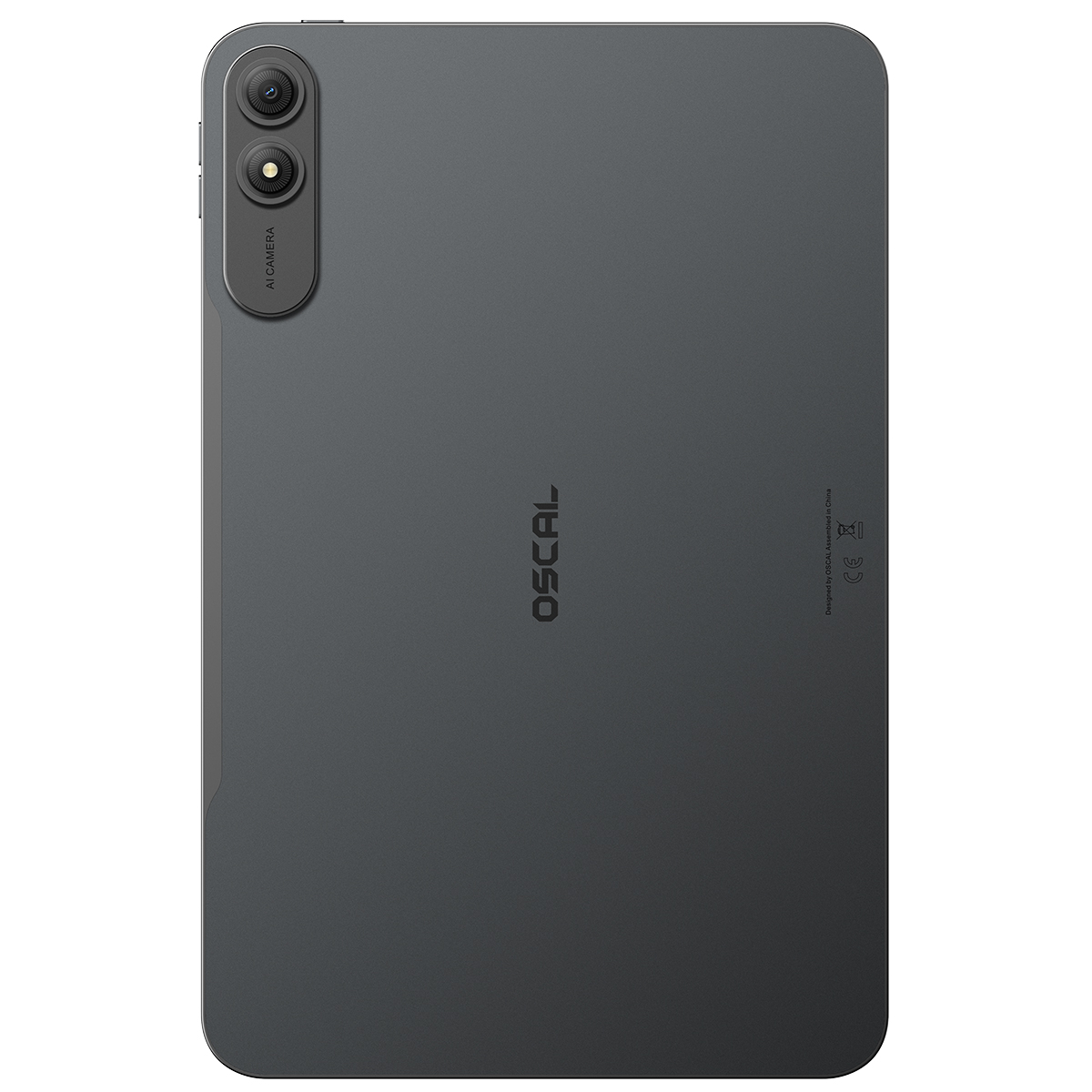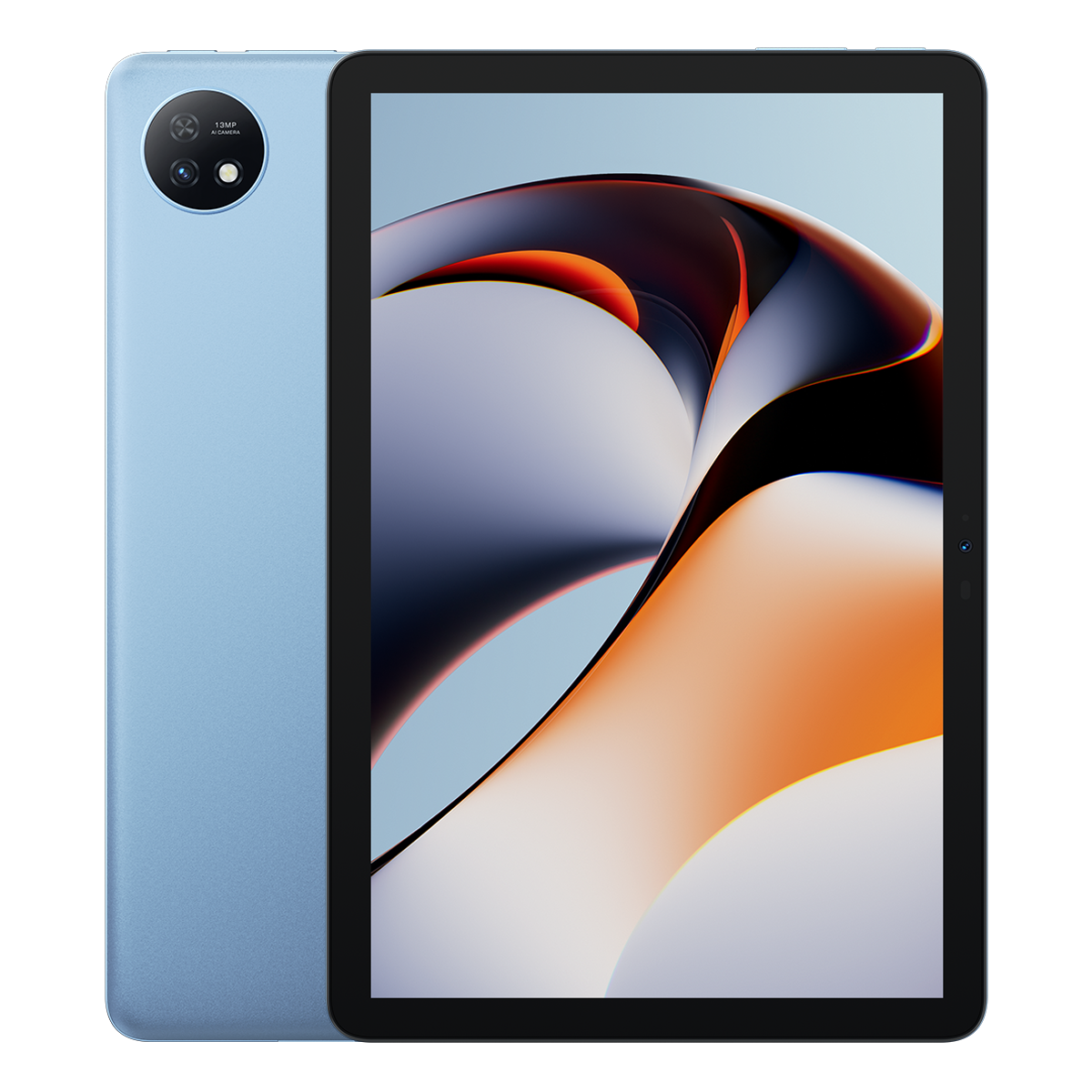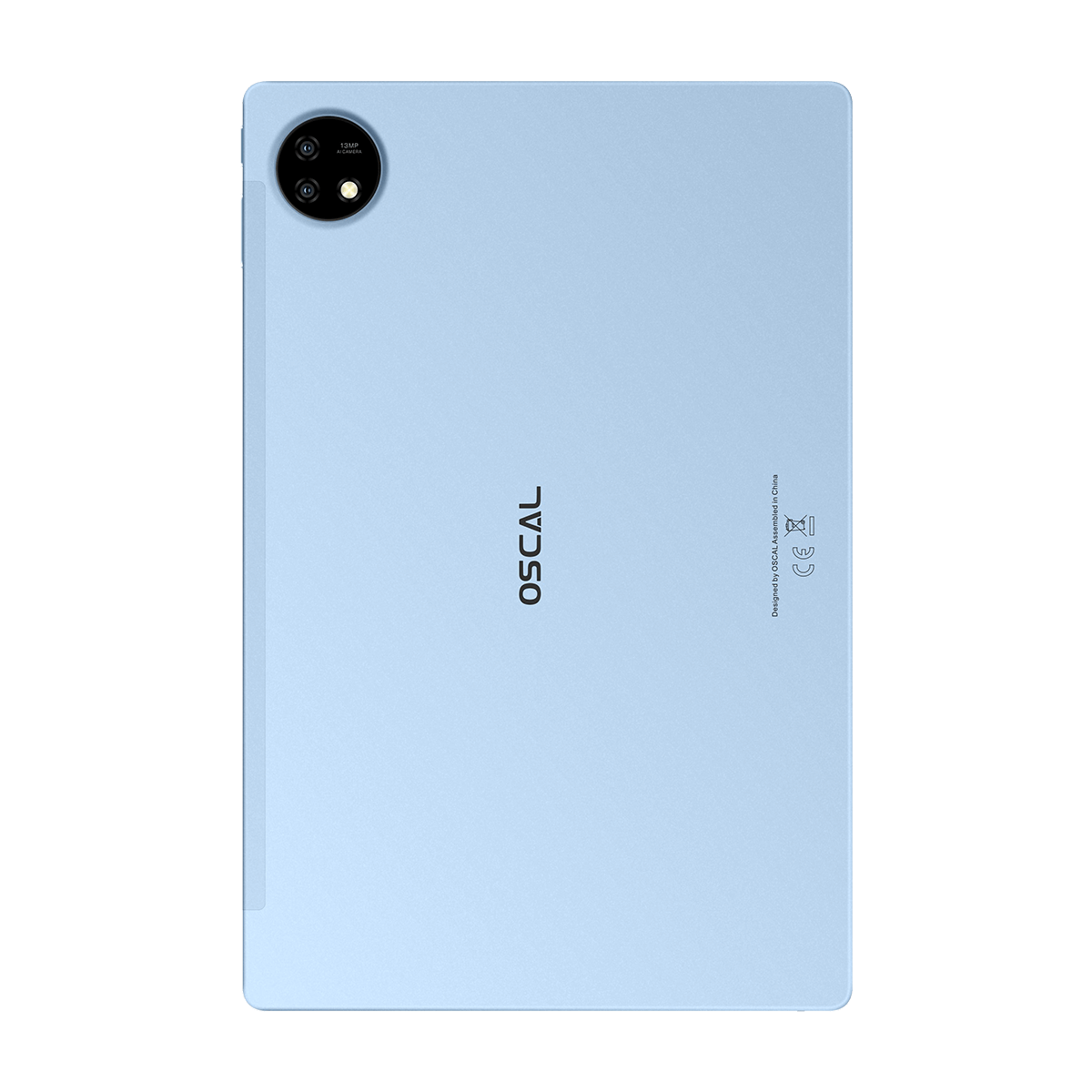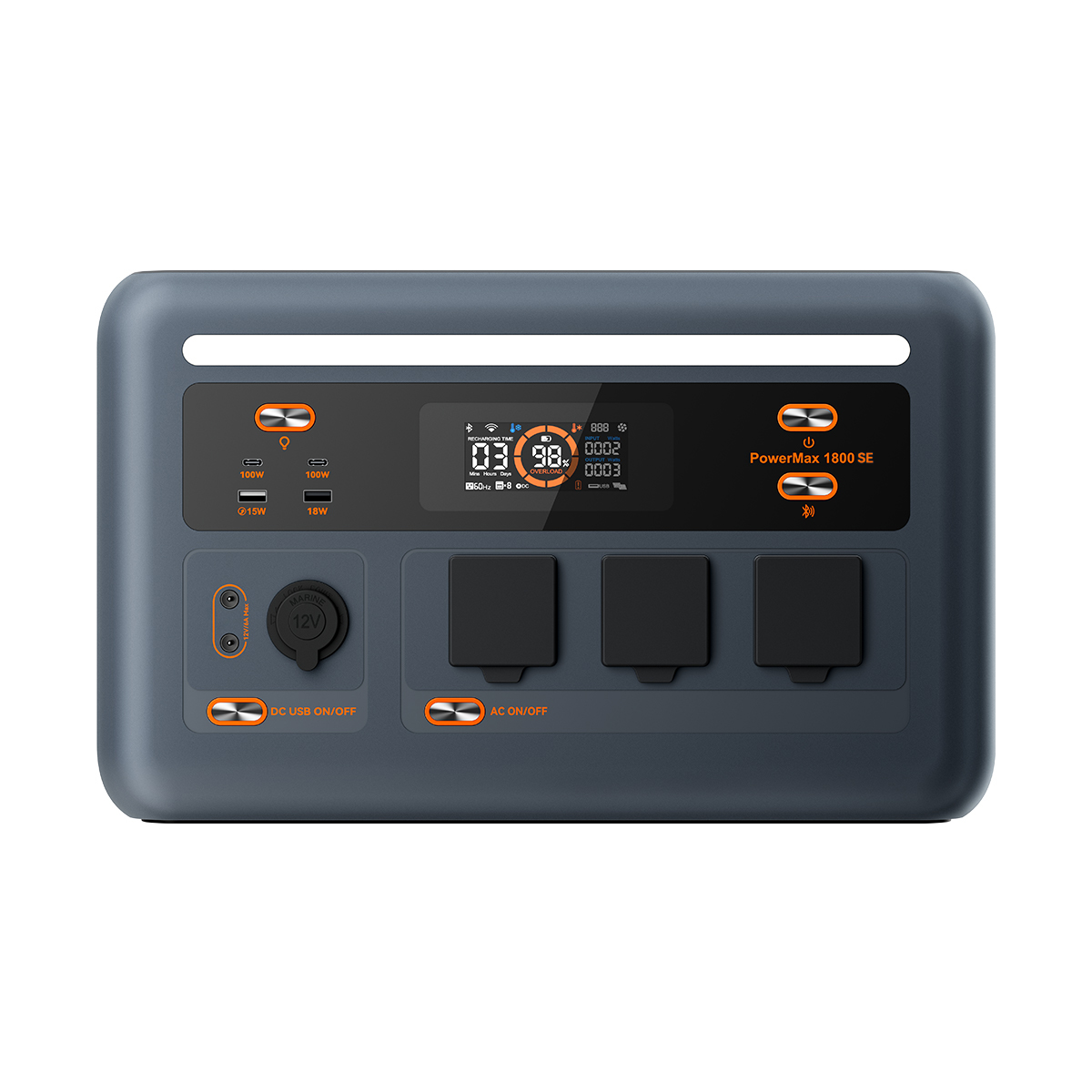Welcome to OSCAL (Well-known brand of rugged smartphone, tablet, and portable power station) blog. Hope this guide has been helpful.
Every new version of Android brings with it a mixture of anticipation, excitement, and curiosity. With Android 15 already having established itself as a refined operating system update, the arrival of Android 16 promises even more innovation and performance improvements. But how exactly do the two versions stack up against one another? Whether you are a smartphone enthusiast, a developer, or a casual user wanting the best experience from your device, understanding the differences between Android 15 and Android 16 is essential.
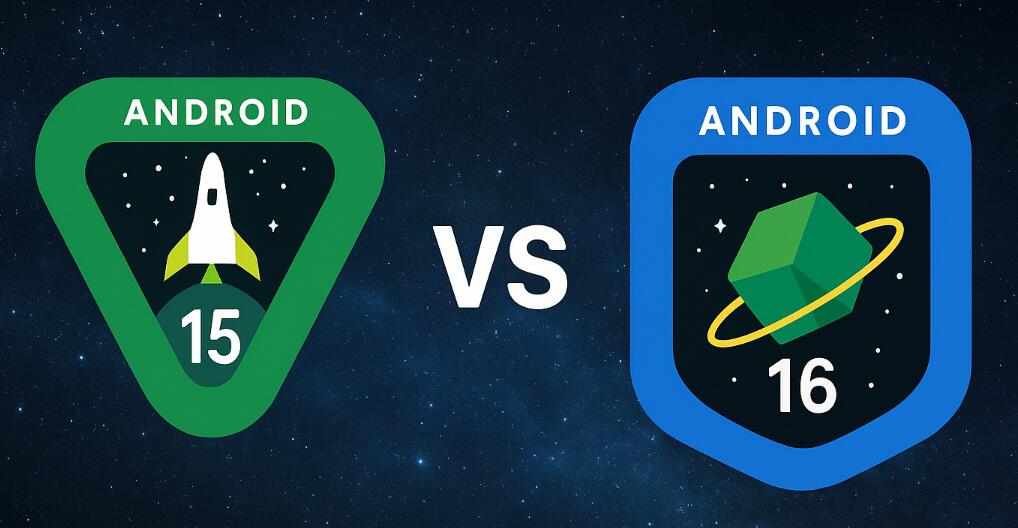
Google’s Android journey has been characterized by incremental enhancements as well as bold leaps forward. While Android 15 was praised for its stability, streamlined user interface, and upgraded security, Android 16 builds on that foundation with deeper personalization options, advanced AI integration, and stronger ecosystem connectivity. In this guide, we will examine the similarities and differences, diving into usability, design, performance, privacy, and compatibility.
Rather than focusing only on superficial upgrades, this guide explores how the changes in Android 16 affect real-world use compared to Android 15. From everyday multitasking to app development support, and from device longevity to future-proofing, each aspect matters for a complete understanding of which version might suit you better.
By the end, you will have a comprehensive picture of Android 15 versus Android 16, equipping you with the knowledge to decide whether an upgrade is worth it or if staying on the previous version still offers plenty of value.
Design and User Interface
Android 15 introduced a sleeker, cleaner design philosophy rooted in Google’s Material You concept. It allowed users to customize system colors and accents based on their wallpapers, giving the interface a dynamic and personalized appearance. Android 16 continues with Material You but takes personalization a step further by adding more granular options. Users can now customize widgets with dynamic shapes, adjust the lock screen layout more extensively, and even apply per-app themes for deeper visual consistency.
Animations also receive improvements in Android 16. Transitions are smoother, app switching feels more fluid, and interactive elements respond with less latency. For users coming from Android 15, the shift is noticeable, especially when navigating between multiple apps or when using gesture-based navigation.
Performance Enhancements
Performance optimization is always a major selling point of new Android versions. Android 15 delivered reduced background activity for apps, improved memory allocation, and energy-saving mechanisms. In contrast, Android 16 introduces adaptive resource management driven by AI. This system intelligently allocates CPU and GPU power based on usage habits, ensuring demanding applications run smoothly without draining battery life unnecessarily.
Gaming, in particular, benefits from Android 16’s improvements. Frame pacing is more consistent, high-refresh-rate displays are better supported, and thermal throttling is managed more efficiently. While Android 15 set a strong standard for performance, Android 16 pushes the envelope, making high-end devices even more capable for extended sessions of demanding tasks.
Battery Life and Efficiency
Battery longevity is often a deciding factor for many users. Android 15 introduced enhanced standby modes and background process limitations. Android 16 goes further by integrating predictive charging, which uses AI to learn charging habits and optimize battery health. For instance, if you typically charge your phone overnight, Android 16 will slow the charging process and only complete it before you wake up, reducing wear on the battery.
Additionally, Android 16 expands low-power modes, offering multiple tiers of energy-saving options. This gives users more control depending on whether they need just a small extension of battery life or maximum endurance during travel.
AI Integration
Artificial intelligence is becoming central to Android’s future, and Android 16 makes this more apparent. Android 15 had basic on-device AI features, such as smart text recognition and enhanced voice typing. With Android 16, AI becomes more deeply woven into the user experience.
- Smarter app suggestions based on context and location.
- Real-time translation enhancements integrated into system-wide text fields.
- Adaptive notifications that prioritize urgent alerts while suppressing noise.
- AI-driven photo and video editing tools natively within the gallery app.
This evolution shows that Android 16 is designed not just to be responsive but also predictive, adapting to a user’s lifestyle more naturally than Android 15.
Security and Privacy
Android 15 reinforced Google’s commitment to privacy with expanded permission controls and stricter app background data access policies. Android 16 doubles down by introducing on-device private computing cores, ensuring sensitive data like biometrics never leave the device. It also provides more transparent dashboards for users to review how apps interact with hardware and personal information.
Another notable addition is temporary permissions in Android 16. While Android 15 allowed one-time permissions, Android 16 introduces session-based permissions, where access is granted only during active use and automatically revoked afterward. This small change adds a significant layer of control for users concerned with digital security.
Connectivity and Ecosystem
With Android 15, connectivity enhancements were focused on improving 5G support and better handling of Wi-Fi transitions. Android 16 builds upon that by refining satellite connectivity integration for emergency scenarios, making devices more reliable in remote areas. Furthermore, Android 16 expands cross-device features, allowing for more seamless file transfers, notification syncing, and even shared app sessions across phones, tablets, and Chromebooks.
This tightens the Android ecosystem, making it more competitive against Apple’s unified experience. While Android 15 set the stage for device interconnectivity, Android 16 brings the vision closer to reality.
Multitasking and Productivity
Productivity is another space where Android continues to evolve. Android 15 introduced improved split-screen functionality and better app scaling on foldables. Android 16 extends this functionality by offering resizable multitasking windows similar to desktop environments. It also improves stylus support, giving users a smoother experience when drawing or annotating documents.
For tablets and foldable devices, Android 16 brings desktop-style taskbars and drag-and-drop functionality between apps, features absent in Android 15. These additions make Android 16 a much stronger OS for professional and creative workflows.
Developer Tools and Compatibility
Developers often determine the success of an OS through app support. Android 15 emphasized backward compatibility and smooth transitions for developers updating their apps. Android 16 takes this further with expanded APIs for AI functions, improved debugging tools, and better emulation for foldable and multi-screen devices.
Compatibility layers are also improved, meaning apps designed for older versions run more smoothly on Android 16 than on Android 15. This ensures a longer lifecycle for apps while encouraging developers to adopt the latest features.
Accessibility Improvements
Accessibility remains an area where Android continuously innovates. Android 15 had expanded screen reader support and improved haptic feedback for accessibility services. Android 16 enhances this with real-time captioning improvements, voice-guided navigation for more apps, and advanced magnification gestures.
Furthermore, Android 16 introduces customizable accessibility profiles, allowing devices to automatically switch settings based on who is using the device. This makes shared devices more user-friendly for families or organizations.
Which One Should You Choose?
For users who prioritize stability, Android 15 remains a highly reliable platform. It has fewer early bugs, and since it has been in circulation longer, most apps and devices have been fully optimized for it. On the other hand, Android 16 provides a glimpse into the future, with cutting-edge AI features, stronger privacy tools, and enhanced ecosystem connectivity that are hard to ignore.
If you are using an older device, Android 15 might feel more consistent and efficient. However, if you are upgrading to a new flagship or foldable, Android 16 unlocks the true potential of modern hardware.
Conclusion
Comparing Android 15 to Android 16 is not simply about deciding which is “better.” Instead, it is about recognizing how each version serves different user needs. Android 15 represents maturity, stability, and wide compatibility, while Android 16 embodies innovation, personalization, and forward-looking design.
Ultimately, your choice depends on your priorities. If you value reliability above all else, Android 15 still shines. But if you are eager to embrace AI-driven features, advanced multitasking, and next-generation ecosystem integration, Android 16 is the step forward you will want to take.






























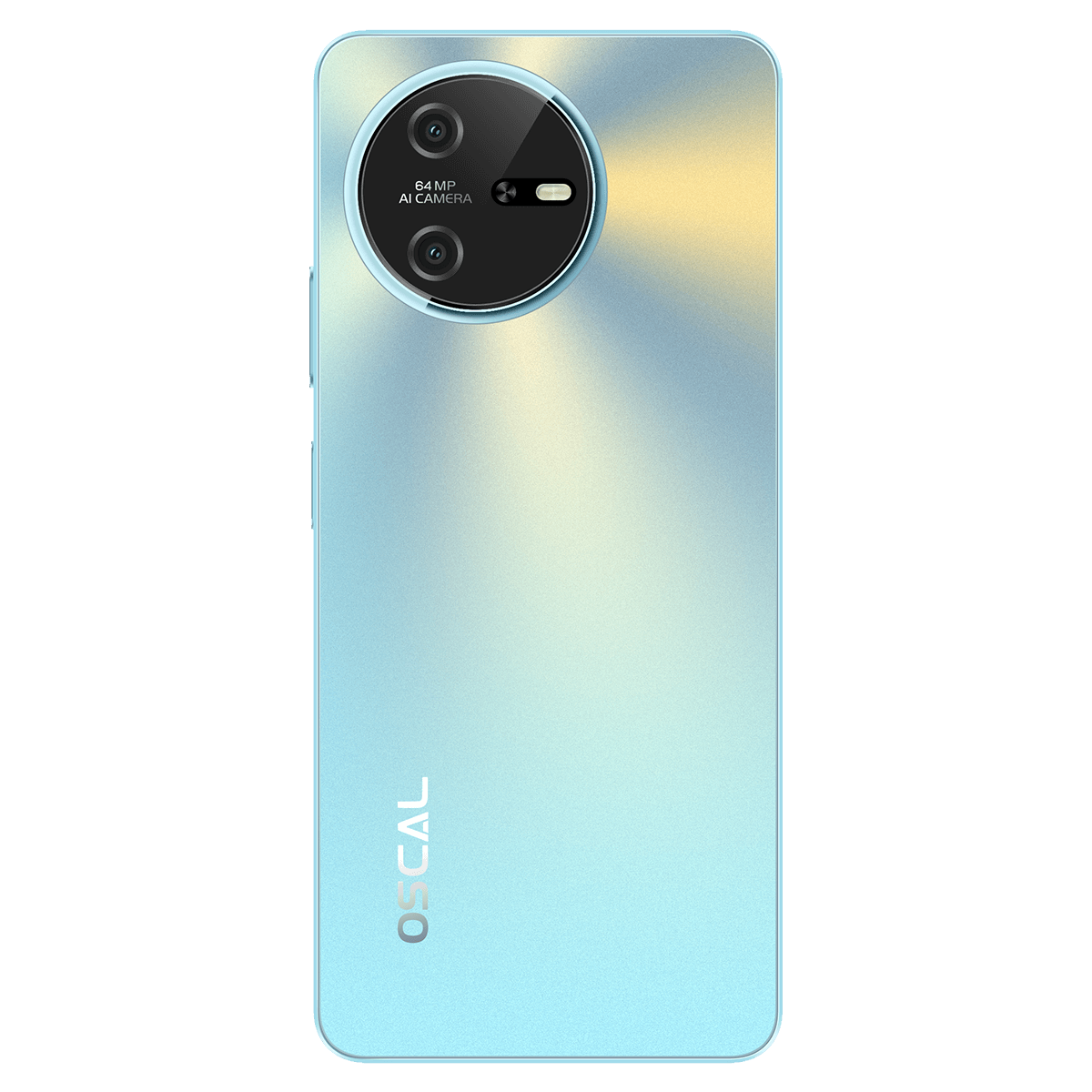
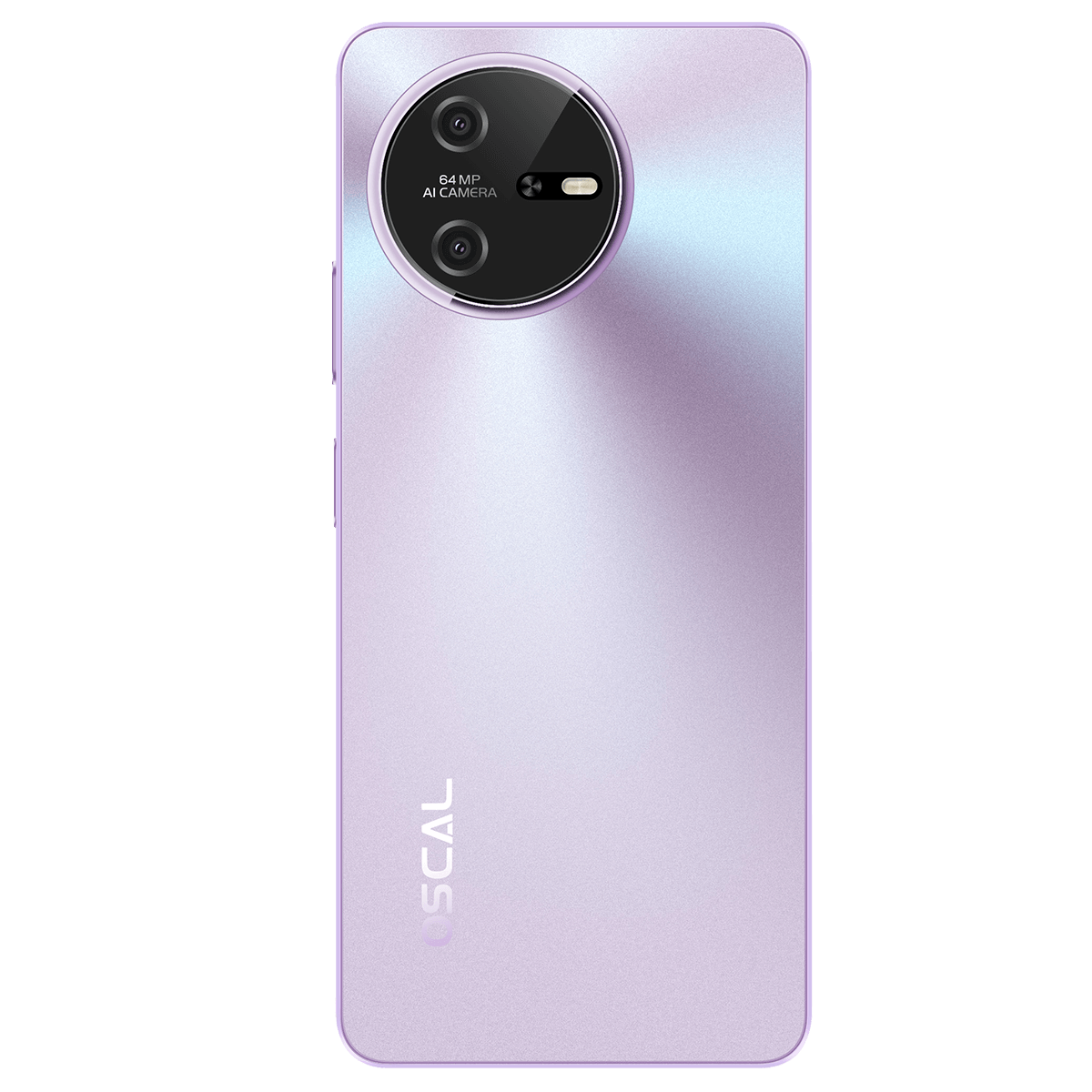













































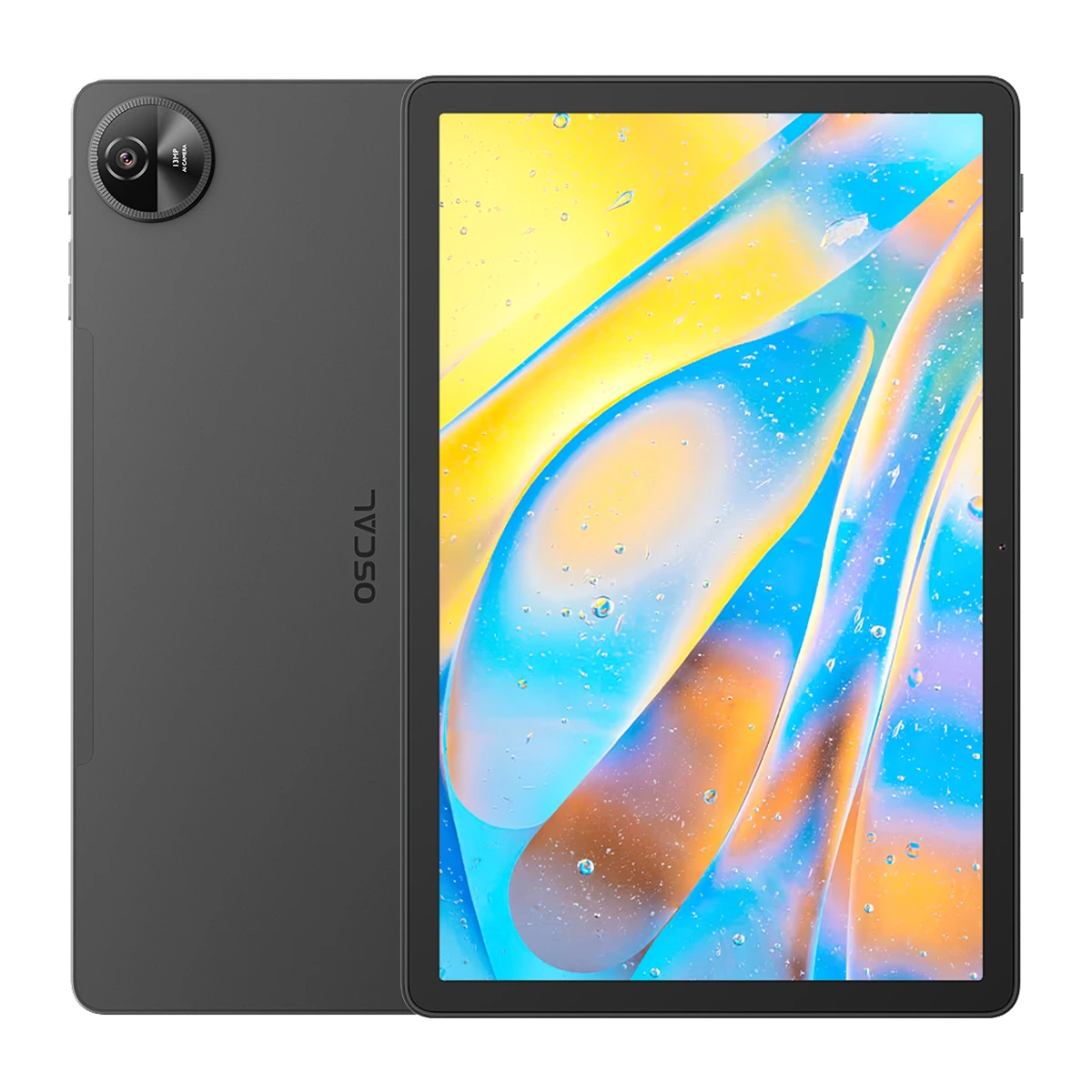



























 (1)-20251204034946188.jpg)
